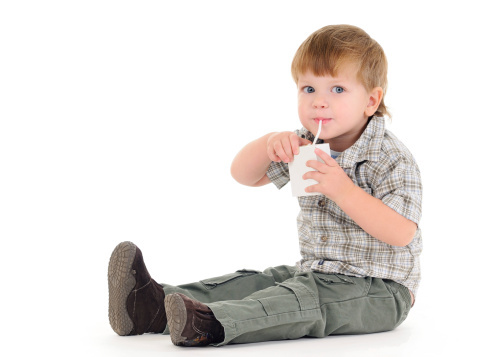
One of the most common neurodevelopmental disorders of childhood, attention deficit hyperactivity disorder (ADHD), can affect a child’s learning and development for years. When children have ADHD, they often have difficulty paying attention or controlling impulsive behavior. While all children occasionally act out or have difficulty paying attention, kids with ADHD don’t simply outgrow the behaviors, and the result can be difficulty at school and at home.
In many discussions of ADHD in children, diet comes up as a topic for debate. Do certain foods aggravate or even cause behaviors characteristic of ADHD? It’s not an easy thing to study, but a few studies have been done on food additives and children’s behavior. Three common food additives that are suspected of possibly altering children’s behaviors are sodium benzoate (a preservative) and yellow dyes no. 5 and 6.
- Sodium Benzoate
A study conducted in the UK in 2004 examined behavioral effects of food colorings and sodium benzoate versus a placebo in 277 children. For the first week of the study, children ate a strict additive-free diet. Over the following three weeks, children kept to the additive-free diet, but drank a fruit drink supplemented with food coloring and 45 mg sodium benzoate or placebo during alternate weeks. The supplemented and placebo drinks were made to look and taste exactly alike, and neither parents nor children knew which was which. Though clinical tests showed no increases in ADHD-like behavior when the drink with additives was consumed, parents reported significantly more disruptive behavior when children drank the beverage with the additives, and a reduction in such behaviors when they did not. - Yellow No. 5
Another British study (randomized, double-blind, and placebo-controlled) published in 2007 reported that symptoms of hyperactivity in 3-year-old and 8/9-year-old children increased when the children consumed a drink containing sodium benzoate and artificial color, including yellow no. 5. Yellow no. 5 is found in a wide range of food products, including some flavors of Nabisco Cheese Nips and Frito-Lay Sun Chips, and Kraft macaroni and cheese. Later meta-analysis by researchers at Columbia University in New York supported the hypothesis that food additives and dyes could affect behaviors, including those associated with ADHD. - Yellow No. 6
Yellow no. 6 was another food dye included in the above-mentioned 2007 study in UK children correlating behaviors associated with ADHD with consumption of a drink high in coloring and sodium benzoate. Yellow no. 6 is the third most widely used food dye in the US, and is found in some flavors of Frito-Lay Cheetos, Betty Crocker Fruit Roll-Ups, some flavors of JELL-O desserts, M&M’s, Skittles, and some brands of orange soda. In the UK, food companies are required to place labels on products containing yellow no. 5 or no. 6 warning of possible “adverse effect on activity and attention in children.” As a result, companies have altered their colorings in products like macaroni and cheese that are sold in the UK.
Avoiding all additives and artificial colors can be difficult, but awareness of these substances and potential effects can help parents cut down on products containing them. Some dietary experts recommend using “elimination” diets for children with ADHD symptoms to determine if certain foods affect behavior. This requires starting with a simple diet of foods that do not generally cause reactions (chicken, lamb, rice, pears, potatoes) and adding foods individually while monitoring for behavior changes.
Many parents are concerned about dyes and additives that go into their family’s foods, and though there haven’t been extensive studies of these additives and symptoms of ADHD, the studies that have been done indicate possible links between additives and children’s behavior. Reading food labels and avoiding overly-processed foods are smart not only because of possible ADHD links, but also because limiting processed foods is the healthier option for any family.





















